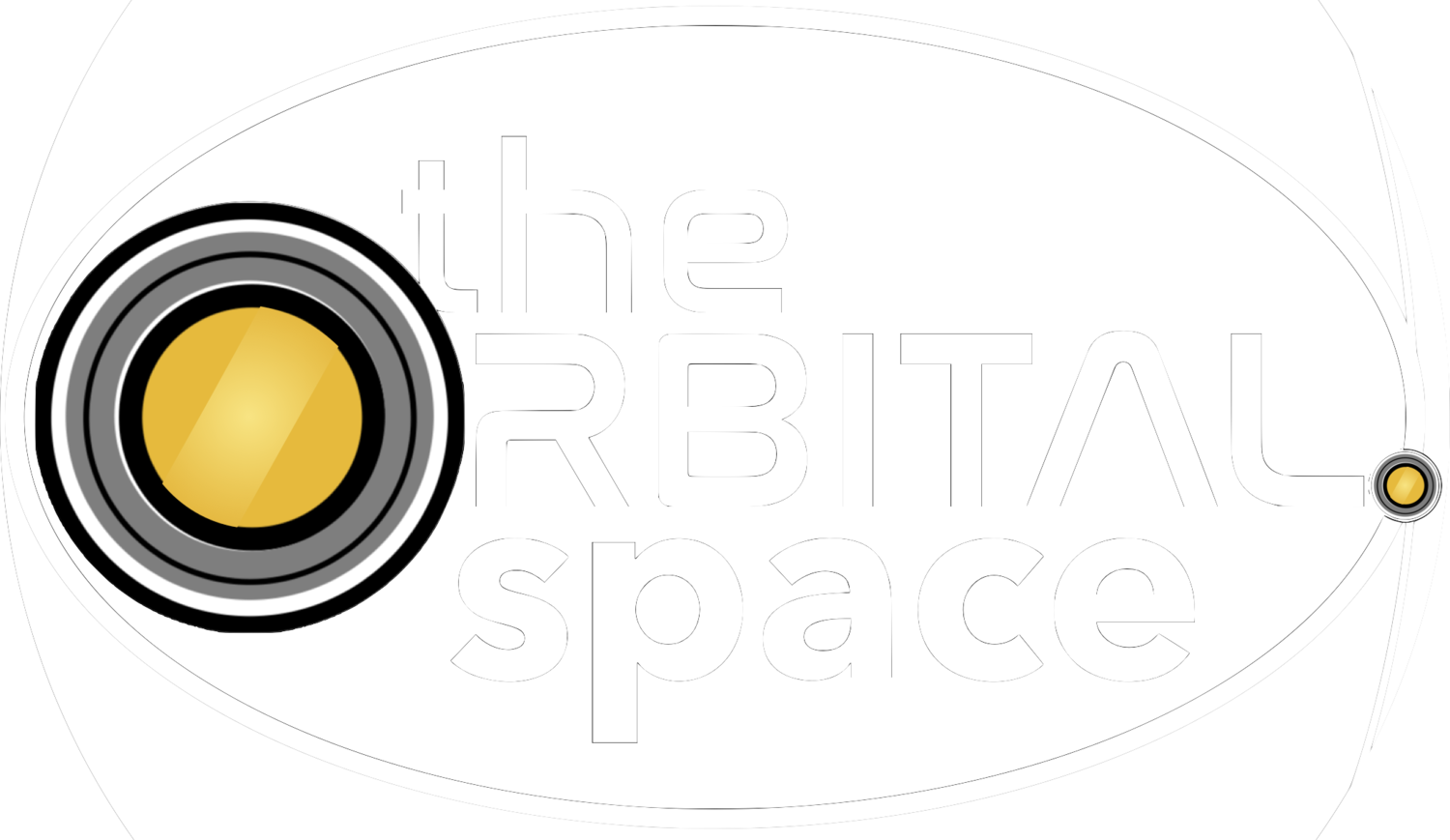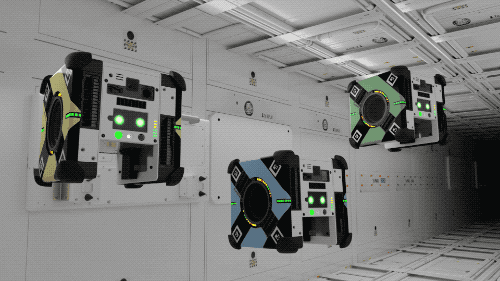Return to Gemini Program overview
Gemini VI-A
Agena Target Vehicle
The primary objective of Gemini VI was the rendezvous and docking with the Agena Target Vehicle (ATV). Designed by NASA as an unmanned spacecraft, the ATV enabled Gemini astronauts to develop and practice the orbital maneuvering techniques required for the mooring of two vehicles in space.
On October 25, 1965, at 11:06:20AM - twenty-one minutes after Commander Walter Schirra and Thomas Stafford boarded their Gemini VI spacecraft - the Agena's secondary engines fired during orbital injection to separate it from its Atlas launch vehicle, and telemetry was immediately lost. Multiple debris fragments were tracked falling into the Atlantic Ocean; the conclusion to an apparent catastrophic failure. 50 minutes later, Gemini VI was canceled.
THE FIRST RENDEZVOUS OF TWO SPACECRAFT IN ORBIT
“You want to have fun? Come over to my house. You stand in the back yard, I’ll stand in the front. You throw a tennis ball over my roof and I’ll try to hit it with a rock as it comes sailing over. That’s what we’re going to have to do.”
It was decided that Gemini VI-A would launch eight days after the upcoming Gemini VII flight, and Schirra and Stafford would use Gemini VII as their target vehicle for rendezvous.
So, on December 12, 1965 at 9:54am, after the expedited rebuild of NASA's Launch Complex 19 during the week following Gemini VII's launch, the two astronauts sat poised for liftoff when their engines shut down 1.5 seconds after ignition.
Thomas Stafford (L) and Walter Schirra (R)
NASA mission protocols dictated Commander Schirra activate the capsule's ejection seats, however he quickly noticed a lack of motion outside the rocket, determined the boosters hadn't yet lifted, and decided not to eject. Literally a life or death decision on his part, had he been wrong about the rocket's motion, he and Stafford would have plunged into the exploding fuselage below. Though, doubts about ejection seat test results on the Gemini spacecraft left astronauts with more than a little concern for their well-being should they ever need to actually act on the protocol.
third times the charm
After the third, and finally successful launch of the Gemini VI-A spacecraft on December 15, Schirra and Stafford reached orbit and began preparing for the rendezvous. Scheduled during their fourth orbit, Gemini VI-A underwent a series of controlled burns to catch up with its sister craft.
The first burn came at 94 minutes mission elapsed time (MET), increasing Gemini's speed, followed by a phase adjustment at 2:15 MET to match the spacecrafts' orbital inclination. A third burn raised Gemini VI-A's orbit farther, and at 5:04 MET Schirra made visual contact with Gemini VII. Once within 40 meters of each other, the crews of Gemini VII and VI-A spent 4.5 hours adjusting their formations, flying in different configurations, and came within a foot of one another's spacecraft.
Having completed their rendezvous, Gemini IV-A engaged a separation burn, putting just under 16 kilometers between the crafts to ensure they wouldn't inadvertently collide as the crews' scheduled sleep periods approached. Just before the group went to sleep though, Schirra and Stafford relayed a little surprise for Gemini VII and ground crew:
“Gemini VII, this is Gemini VI. We have an object, looks like a satellite going from north to south, probably in a polar orbit. He’s in a very low trajectory traveling from north to south and has a very high climbing ratio. It looks like it might even be a... Very low. Looks like he might be going to reenter soon. Stand by one... You might just let to pick up that thing...”
The first instruments played in space, the 8-note Hohner "Little Lady" harmonica and a handful of small bells used to perform Gemini VI-A's rendition of "Jingle Bells" now sit on display at the Smithsonian National Air and Space Museum.
Gemini VI-A reentered the next day, splashing down only 11 miles from their target; making it the first accurate reentry obtained by a NASA spacecraft.
Gemini VI-A press kit








